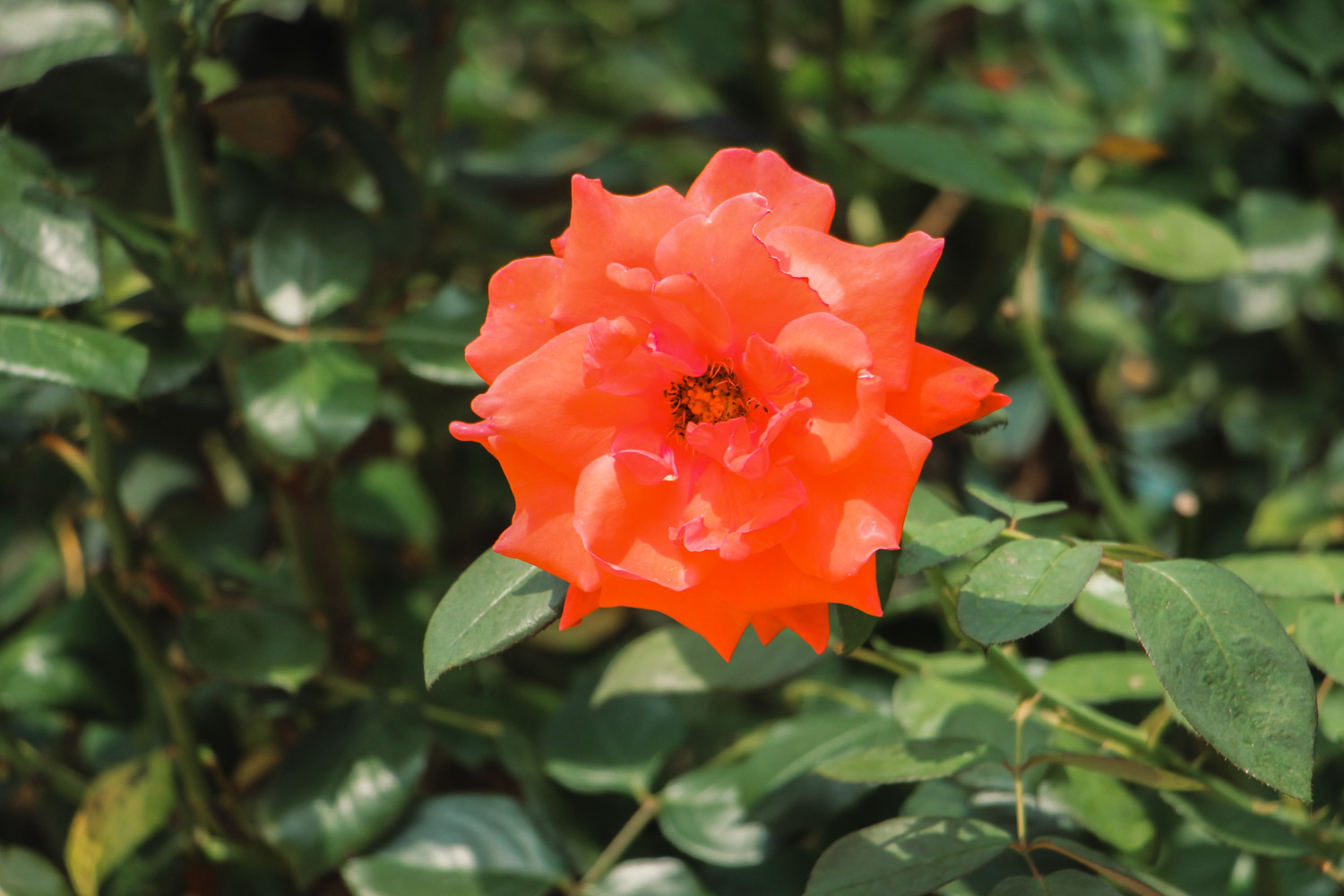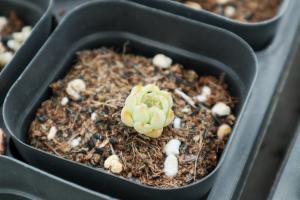1、 Rootstock treatment
When grafting lollipop roses, you can use thornless rose as rootstock. You should dig out the bud points on the rose branches first, so that no rose branches will grow in the later stage. Don't worry about the wound. It will heal soon. Then cut it with a blade from the top position, and the length should be determined according to the length of the scion

2、 Scion treatment
Cut off one end of the scion to be grafted. Be careful not to hurt other bud points or hands. Try to cut it as smoothly as possible and cut it into an oblique angle

3、 Insert rootstock
After the scion is processed, it can be directly inserted into the incision. Note that it cannot be fully inserted during insertion. Leave some blank to prevent the junction from growing into tumor in the later stage. That is to leave blank for future healing

4、 Wrap grafting membrane
After insertion, it should be wrapped with a special grafting film in time. Only one bud point should be left on the outer branch, and all the others should be wrapped. It should be moisturized in order to survive faster. Special films are generally sold in flower shops. If plastic films are not used, it is also OK. In short, it is necessary to wrap and fix them well, and moisturizing treatment can succeed in grafting. Otherwise, the rapid loss of water will easily lead to grafting failure

 how many times do yo...
how many times do yo... how many planted tre...
how many planted tre... how many pine trees ...
how many pine trees ... how many pecan trees...
how many pecan trees... how many plants comp...
how many plants comp... how many plants can ...
how many plants can ... how many plants and ...
how many plants and ... how many pepper plan...
how many pepper plan...































